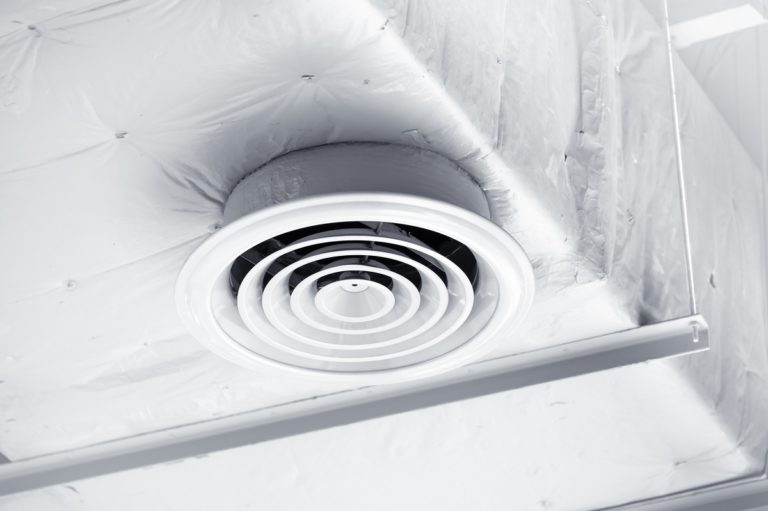As a small construction business owner, you’re responsible for ensuring that your site complies with all local, state, and federal regulations. One area of regulations that you may not be familiar with is stormwater management.
Stormwater runoff from construction sites can contain sediment, debris, chemicals, and other pollutants that can contaminate local water bodies and negatively impact the environment. To protect our water resources, the Environmental Protection Agency (EPA) regulates stormwater discharge from construction sites through the National Pollutant Discharge Elimination System (NPDES).
It’s crucial to be aware of your responsibilities under the NPDES and take steps to ensure that your construction site complies. This article will share three ways that you can do just that.
Implement a Stormwater Pollution Prevention Plan
The first step in complying with NPDES regulations is to develop and implement a Stormwater Pollution Prevention Plan (SWPPP). Your SWPPP is a document that outlines the best management practices (BMPs) that you will use to minimize stormwater pollution on your site.
Your SWPPP should be tailored to your specific site and activities. However, some common BMPs are typically included, such as:
Erosion and sediment control measures
These control measures are designed to prevent erosion and the associated sediment runoff from your construction site. Erosion control measures may include installing silt fences, using straw bales or mulch, and creating stabilized construction entrances.
On the other hand, sediment control measures are designed to capture sediment that has already been eroded. Sediment control devices may include sediment basins, sediment traps, and check dams.
You can also incorporate thorough street sweeping every week to remove any loose sediment from paved surfaces on your site. This can help prevent sediment from being transported off-site by stormwater runoff. It can also help keep sediment from clogging storm drains and other water bodies.
Best practices for managing hazardous materials
Many construction materials and activities can result in the release of hazardous pollutants into stormwater runoff. To prevent this, you should take measures to contain and properly dispose of any hazardous materials on your site.
You should also have a Spill Prevention, Control, and Countermeasure (SPCC) plan in place to address any oil or chemical spills that may occur. This plan should include procedures for immediately containing and cleaning up any spills that do occur.
Procedures for inspecting and maintaining BMPs
Your SWPPP should also include procedures for regularly inspecting your BMPs and taking action to maintain them as needed. This might include cleaning sediment basins, removing debris from catch basins, and repairing any damaged erosion control devices.
It’s important to document all inspections and maintenance activities in your SWPPP so that you can show the EPA that you’re taking steps to prevent stormwater pollution.
Guidelines for employee training
Another key component of your SWPPP should be an employee training program. This program should educate your employees on the importance of preventing stormwater pollution and what they can do to help.
Your employee training program might include Stormwater Awareness Training, Hazardous Waste Management Training, and SPCC Training. You can find more information on these topics on the EPA’s website.
Monitor your stormwater discharge
Another way to ensure compliance with NPDES regulations is to monitor your stormwater discharge regularly. This involves collecting samples of your runoff and sending them to a laboratory for analysis.
The results of your analysis can help you determine whether your BMPs are effective and identify any potential sources of pollution that need to be addressed.
You should also keep a close eye on any changes in your discharge, as this can be an indication that something is wrong. For example, if you notice an increase in sediment in your runoff, it could be a sign that your erosion control measures are not working properly.
Get an NPDES Permit

Depending on the size and location of your construction project, you may need to obtain an NPDES permit before you can begin work. An NPDES permit is a document that outlines the specific conditions and requirements that you must comply with to minimize stormwater pollution from your site.
To determine whether or not you need an NPDES permit, you can use EPA’s Construction General Permit Pre-Screening Tool. This tool will ask you a series of questions about your project and site conditions and then provide you with specific instructions on how to apply for an NPDES permit, if necessary.
Conduct Regular Inspections
Even if you have all the right BMPs in place and an up-to-date NPDES permit, it’s important to conduct regular inspections of your site to ensure that everything is still in compliance. Depending on the size of your project, you should aim to conduct weekly inspections.
During these inspections, look for any signs of erosion or sedimentation and take corrective action as necessary. If you notice any issues with your BMPs, make sure to fix them right away.
By following these three steps—developing a Stormwater Pollution Prevention Plan, monitoring your stormwater discharge, obtaining an NPDES permit (if necessary), and conducting regular inspections—you can help ensure that your construction project complies with all applicable stormwater regulations. Taking these proactive steps will not only help protect our water resources but could also save you time and money down the road by avoiding potential fines or penalties associated with non-compliance.



